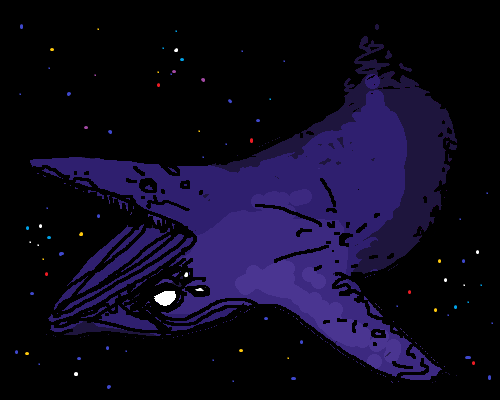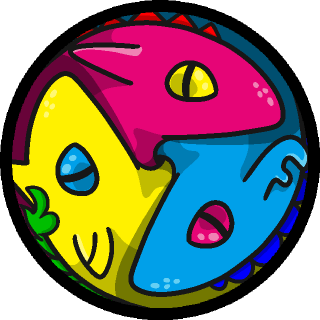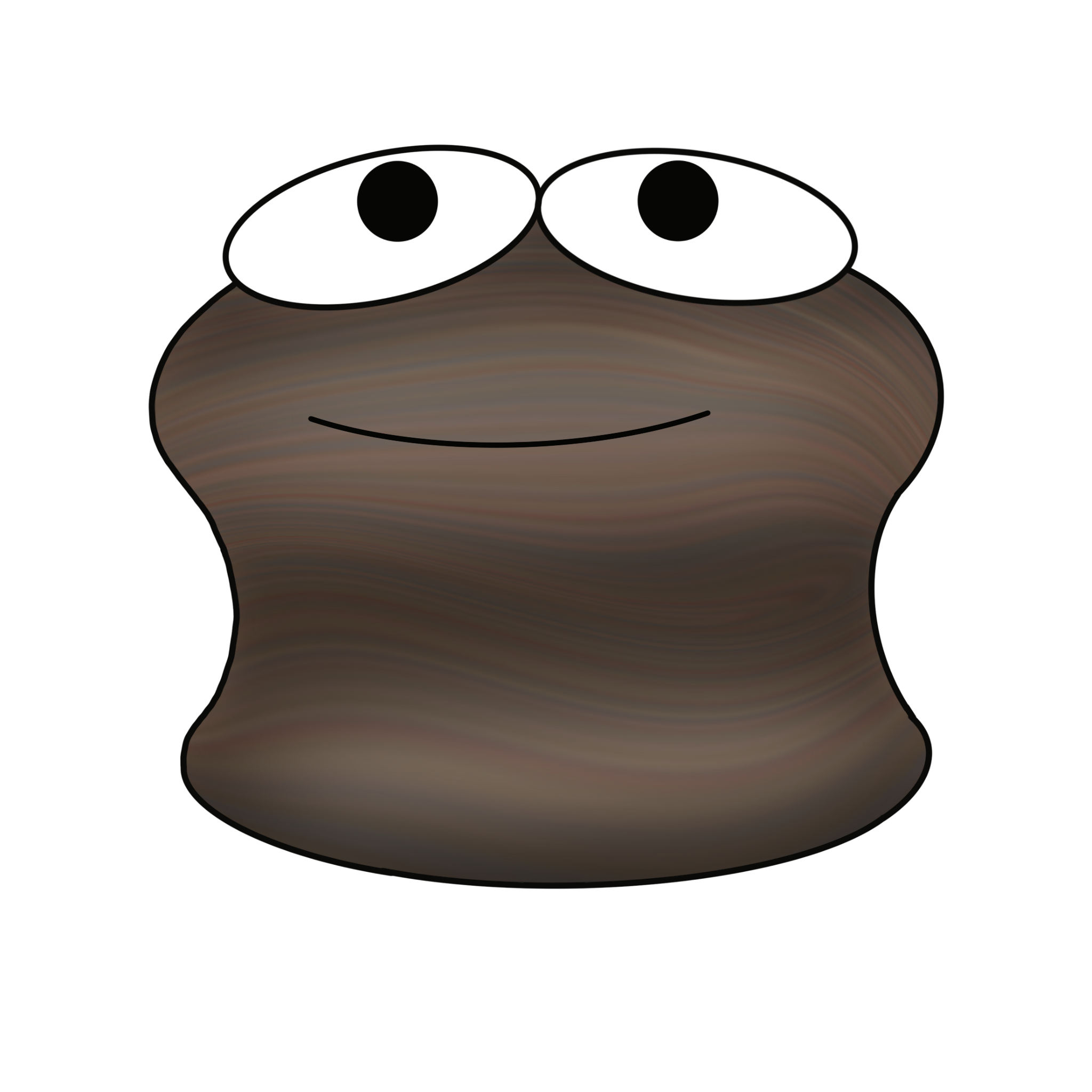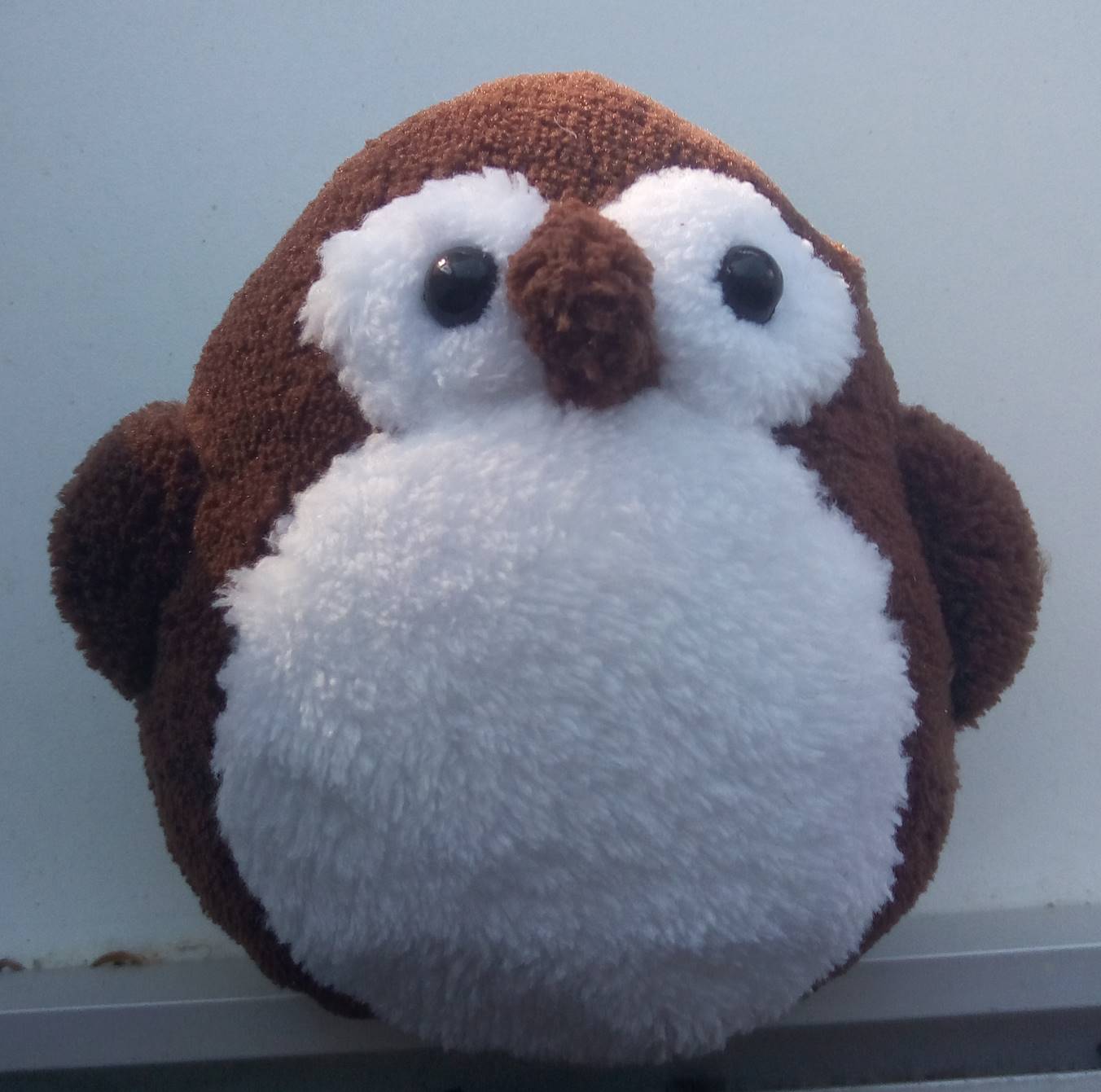Deep Space Leviathan
About Solaris | Guide to Solaris | Prologue
Gentle Giants
The Great Migration
Products
The vast stretches of space roamed by Leviathans make them an ideal source those seeking oort-tainted meteoric metal and crystals. These minerals have been imbued by the dark life in the Oort Cloud, and promise great power at a great cost. The primary draw of hunters is the baleen and the muktuk. Baleen, the filter teeth of the whales, are plates of keratine. It is flexible and strong, a natural alternative to plastic. Muktuk is a marbled substance somewhere between meat and rock. The blubber marbled through the muktuk can be refined into a fine oil. This oil burns cleans and stays liquid even in extremely low temperatures. The muktuk and the oil is said to have a uniquely acrid and smoky scent and flavour, sometimes compared to ozone.| Outer Space | ||||||||||
|---|---|---|---|---|---|---|---|---|---|---|
|










"Muktuk is a marbled substance somewhere between meat and rock." I love this so much and really have to remember that sort of phrasing. They sound awesome - big as a small moon, with entire ecosystems living inside / on them. It conjures a really amazing vision. Those have to be some pretty dang impressive harpoons and I'd love to know more about that aspect of things. How common are they? If they're still being hunted, are they at the risk of extinction? Are there any laws or restrictions around interacting with them? :) Awesome, awesome stuff Annie
Creator of Araea, Megacorpolis, and many others.
Thank you! I wanted to help people wrap their head around just how big that is by looking at them less as creatures and more as realms of their own. I think you'd basically need a small fleet to haul something this big, you'd probably want to parcel it up and maybe even install rockets onto it. It'd be a project, that's for sure! Luckily Solaris has crystals to power everything. They have honestly no clue how common they are out there, but they don't seem to be at risk of extinction. I'm sure someone tried to tally how many were there at the last migration, and it didn't meaningfully change since last time. They're so far away from the part of space people live in, so encounters would be incredibly rare, and they cross so far out from the planets that no government could really meaningfully intervene. It's no mans space.